Tech
Kafka vs RabbitMQ – A Head to Head Battle
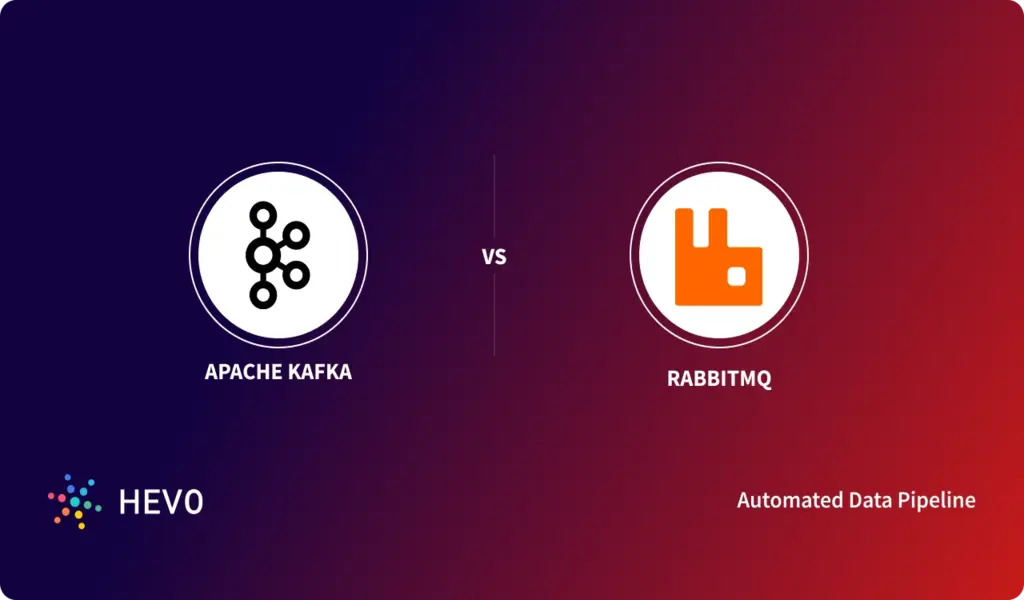
Kafka vs RabbitMQ: When operating on Microservices-based systems, Big Data professionals often face a dilemma of whether to use RabbitMQ or Apache Kafka for seamless message transfer. These two platforms have their own merits and may outperform each other in different scenarios. Moreover, Kafka and RabbitMQ utilize different architectures, which creates a significant contrast in their working methodology.
This post introduces both Apache Kafka and RabbitMQ along with their key features. It then provides an insightful comparison of the Kafka vs RabbitMQ discussion using four critical parameters. Read along to understand these two tools and decide which suits your work the best!
What is Apache Kafka?
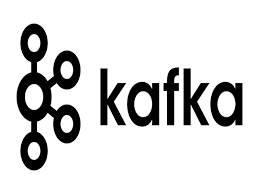
Apache Kafka is one of the go to high performing event streaming tools for Big Data professionals. This open-source platform offers a robust message pipeline that consumes data from a multitude of sources in an incremental manner. This distributed platform combines multiple machines that collaborate to form a single cluster. Furthermore, Kafka deals in both online and offline data. It stores the ingested data on a disk and replicates it among central clusters for safekeeping.
The following features are responsible for Kafka’s popularity:
- High Scalability: Kafka can manage a significant volume of data in its data streams. Moreover, Kafka scales horizontally without any downtime in all four event dimensions, namely, Producers, Connectors, Processors and Consumers.
- Fault Tolerance: Kafka connector uses three strategies to handle situations of unexpected failures. Its Ignore, Fast-fail and Re-queue techniques are key for safeguarding your data.
- Durability: Kafka operates using a commit log distributed among multiple storages. This implies you will never face a situation of cascade failure, and your messages will persist on a disk for a long time.
- Performance: Kafka provides you with high publishing and subscription throughput. Moreover, it guarantees stable performance even when your incoming data is in Terabytes.
You can also learn how Kafka can be utilized with the Python programming language to build end-to-end Kafka Python Client Applications.
What is RabbitMQ?
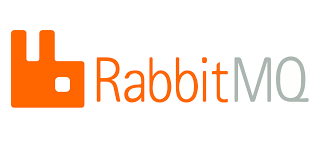
RabbitMQ is one of the most promising message broker platforms that allows applications and services to exchange information without the hassle of maintaining protocols. Moreover, this tool offers an acknowledgement mechanism that, unlike other brokers, notifies you about the success or failure of your transmission. RabbitMQ relies on a smart broker architecture that manages messages at the consumer’s side. Furthermore, RabbitMQ deletes your data from its queues as soon as the consumer side processing is complete. Therefore, RabbitMQ provides you with a highly secure and seamless message exchange medium.
RabbitMQ offers you the following unique features:
- Clustering: RabbitMQ allows you to create a single broker by leveraging its multiple servers. This way, you can easily utilize its local network and create a message cluster.
- Federation: RabbitMQ has a unique federation model for servers requiring loosely connected messages and not wanting to operate via clusters. However, these connections are not reliable as clusters.
- Highly Available Queues: RabbitMQ empowers you to mirror message queues across multiple clusters. This way, you can enhance the reliability of your message transmissions and prevent data loss in case of hardware failure.
- Tracing: RabbitMQ provides you with trace support. This allows you to identify issues and debug your messaging system in case of unnatural server behaviour.
Comparing Kafka with RabbitMQ
This section provides you with insights to conclude the Kafka vs RabbitMQ discussion and decide on a tool that is suitable for your messaging needs. Kafka and RabbitMQ operate to provide the same service but using different methodologies. Therefore, you can get a better understanding of these tools by examining their Methodology, Messaging, Performance and Scalability.
Kafka vs RabbitMQ: Working Methodology
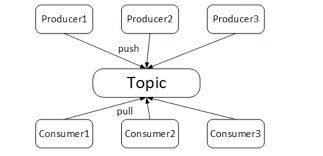
Kafka utilizes a pull model which operates on consumers’ requests for messages. According to these requests, Kafka groups messages into batches. Since the Kafka architecture contains partitions, the pull model is the optimal implementation methodology. Moreover, the pull model allows users to process batches of messages and achieve higher throughput. The Kafka logs also work to record the sequence of messages in each partition. This way, in situations of no contention between users, Kafka’s long pooling approach safeguards it from tight message loops and maintains its high throughput.
RabbitMQ relies on a push-based model that is prevalent in message distribution. This implies the RabbitMQ is an ideal tool if you are working with low latency messaging. This software provides you with robust parallelization for your message processing. RabbitMQ also ensures that your message processing does not change the order of incoming messages. Furthermore, you can easily distribute your message workload among various consumers and reap the benefits of RabbitMQ’s parallel processing.
Kafka vs RabbitMQ: Performance
In terms of performance Apache Kafka has a clear edge over RabbitMQ or any other message broker in the market. Since it leverages a sequential disk I/O (Input/Output) for performance enhancement, it is a viable option for managing message queues. Moreover, the Kafka architecture is capable of supporting millions of messages per second while using minimal resources. This makes Kafka, the most sought-after message broker tool among Big Data professionals.
RabbitMQ’s performance is also in the order of millions of messages per second. However, this tool requires a massive number of resources to manage such massive message quantities. This implies you can implement RabbitMQ for similar use cases as Kafka. Still, you might have to integrate it with other Apache Cassandra and other such tools to provide the required resources.
Kafka vs RabbitMQ: Scalability
The Kafka partitions are key for providing scalability and redundancy for your vast message sets. Kafka replicates its partition across multiple brokers. This way, even if one broker fails, you can serve the same partition to the clients via a different broker. Moreover, if Kafka were to store all its partitions for one topic with a single broker, the throughput of that specific broker might diminish.
Kafka overcomes this bottleneck by distributing the partitions among various brokers to enhance the message transmission throughput. Such a distribution requires either a key or the Round Robin method to provide users with access to multiple partitions. These approaches ensure that you can easily scale up your message quantity horizontally while enjoying the same throughput as Kafka.
RabbitMQ, on the other hand, offers you vertical scalability using multiple queues. It relies on a queue to perform message replications. This tool also deploys a Round-Robin mechanism to distribute the increasing load among queues to maintain the required throughput. It also ensures that no message queue gets overworked by the incoming load. Multiple consumers are able to access messages from multiple queues simultaneously. RabbitMQ’s vertical scalability is possible by adding more power to the message brokers. Kafka achieved the same results on a horizontal level by adding more machines.
Kafka vs RabbitMQ: Message Management

Kafka’s partitions allow you to maintain the original message orders. Moreover, since Kafka operates as a log, all of your messages are always present. You can ensure this by activating Kafka’s message retention policy. Furthermore, while using Kafka, you get to process the complete batch of messages. This implies that either the whole batch passes or all of the messages fail to complete a transmission.
On the other hand, RabbitMQ provides no provision for message ordering. Since this tool operates as a message queue, once it consumes your messages, they are no longer accessible. Furthermore, RabbitMQ does not offer atomicity. This implies that there can be situations where only a part of your messages will go through the transmission at once.
Conclusion
This post introduced you to Apache Kafka and RabbitMQ along with their key features. It further compared both of these platforms using four major parameters, Working Mechanism, Message Management, Performance and Scalability. Now, Kafka’s message retention abilities make it an ideal data streaming server. However, Kafka’s lack of message acknowledgment may be a bottleneck for certain users. Similarly, RabbitMQ’s guarantee of acknowledgment makes it a preferred message broker, but its performance still lags behind Kafka.
Therefore, both of these platforms have pros and cons, and you need to decide which tool will suit your work the most. Once you have finalized which tool to use, you will need to work on building data transmission pipelines to collect your data from various sources and store it in a suitable destination.
People Also Read:
New Azure and Microsoft 365 Certification Paths
What is Custom Software Development: Pros and Cons
Get Your Accs: 5 Ways to Build Your Network of Connections
Find the Best VPN for You in 2022
Tech
US: A Judge Mandates that Google Allow Competing App Stores to Access Android
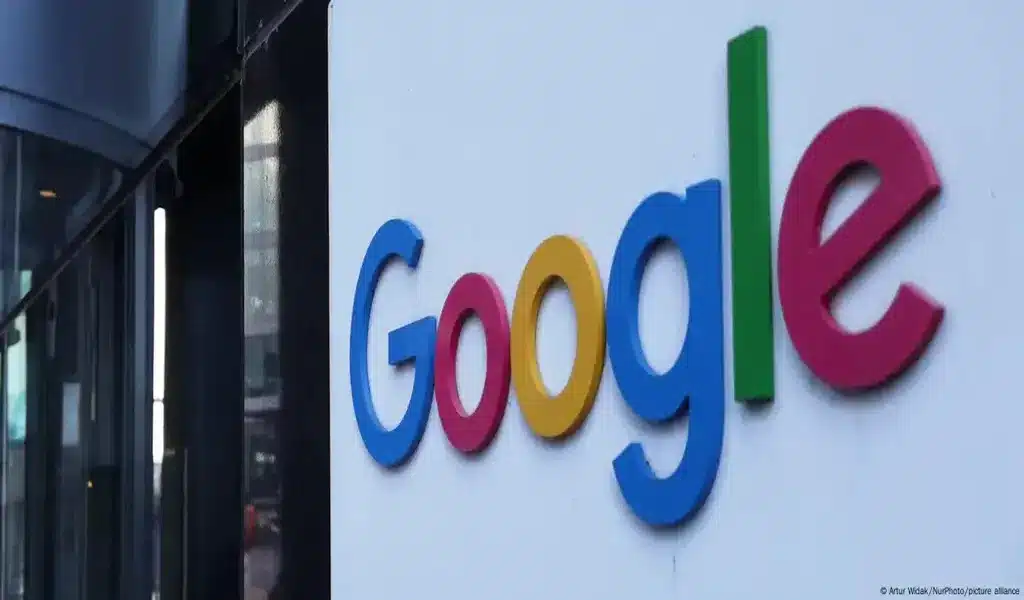
(VOR News) – The ruling is that Google, the greatest technology firm in the world, is required to make its Android smartphone operating system available to merchants that supply applications that are in direct rivalry with Google’s. This decision was reached by a judge in the United States of America.
The Android Play store, which is owned and operated by Google, was found to be an example of an illegal monopoly arrangement by a jury in the state of California on Monday. The finding was reached by a jury. Monday is the day that this decision was come to.
An earlier federal judge ruled Google’s search engine illegal.
This finding, which came after that decision, has forced the company to suffer yet another setback. As a result of the corporation having already encountered its initial obstacle, this decision has been established. This particular decision was made by the judge during the month of August, when the month was in progress.
In light of the fact that the decision was made, what exactly does it mean that the choice was accepted?
In accordance with the verdict, Google is obligated to make it possible for users to download Android app stores that are offered by third-party competitors. For a period of three years, the corporation is prohibited from imposing restrictions on the usage of payment mechanisms that are integrated into the application.
In addition, it is important to keep in mind that Google does not possess the right to impose restrictions on the utilization of ways to make payments online.
Additionally, the verdict makes it unlawful for Google to give money to manufacturers of smartphones in order to preinstall its app store. Smartphone manufacturers are prohibited from doing so.
Furthermore, it prevents Google from the possibility of sharing the revenue that is generated by the Play store with other companies that are in the industry of delivering mobile applications.
In addition to this, the court has mandated the establishment of a technical committee that will be made up of three different people chosen at random.
The committee will be responsible for monitoring the implementation of the reforms and finding solutions to any disagreements that may occur as a consequence of the implementation of the reforms while they are being implemented. This task will fall under the committee’s purview so that it may fulfill its duties.
However, certain components were allowed to be put into action until July 1st, despite the fact that the judge’s statement suggested that the ruling would take effect on November 1st. The statement was the basis for the ruling, which ultimately became effective.
Particularly, I wanted to know what Google’s reaction would be.
There is a fact that Google does not adhere to this directive, which has been brought to their attention. This document argued that the alterations that the judge had ordered to be made would “cause a range of unintended consequences that will harm American consumers, developers, and device makers.”
The judge had ordered the modifications to be implemented. The alterations were to be carried out as indicated by the judge’s ruling. The judge made it clear that he expected these revisions to be carried out in accordance with his guidance.
The company’s regulatory affairs vice president, Lee-Anne Mulholland, provided the following statement: “We look forward to continuing to make our case on appeal, and we will continue to advocate for what is best for developers, device manufacturers, and the billions of Android users around the world.”
On average, over seventy percent of the total market for smartphones and other mobile devices is comprised of mobile devices that are powered by the Android operating system. Both smartphones and other small mobile devices are included in this category.
In the event that the Play app store continues to be shown on the home page and that other Google applications are pre-installed prior to the installation of the Android application, smartphone manufacturers are entitled to install the Android application at no cost at their discretion.
Additionally, the Android application can be installed on devices that are manufactured for smartphones.
SOURCE: DWN
SEE ALSO:
Over The Planned “Link Tax” Bill, Google Threatens to Remove NZ News Links.
Tech
WhatsApp Now Features a “Mention” Tool for Status Updates and Stories.

(VOR News) – Those who use WhatsApp now have the ability to mention other people in their stories or status updates as a consequence of a feature that was only recently enabled on the platform.
Previous to this point, this capability was not available. It wasn’t until quite recently that this capability became available to the public.
According to the information that was provided by the company, users now have the opportunity to tag close friends in their stories, and the person who is mentioned will have the option to go back and re-share an earlier version of that story. This information was provided by the company. The corporation was kind enough to reveal this information to us.
Because of a new feature that has been added to the WhatsApp app, users now have the opportunity to like individual stories and status updates.
This capability was previously unavailable to WhatsApp users.
A significant amount of progress has been made in this context. Alternative readers now have the chance to “like” a work, which is comparable to liking a post on Facebook. This feature was introduced in recent years. When compared to the past, this is a tremendous shift.
At one point in time, viewers were only permitted to observe the total number of views that a particular story had gotten. These restrictions were eliminated in later versions of the software.
Additionally, it is essential that the likes and reactions to a story be kept anonymous during the entire process. One of the factors that contributes to the general mystery that surrounds this characteristic is the fact that this is one of the elements.
The person who brought it to the attention of others is the only person who will be able to judge who enjoyed it and who did not care about it. These individuals will be able to make this determination.
A notification will be issued to the individual who was referenced earlier in the sentence and who was named in the story or status update that was discussed. A notification of this nature will be sent to the individual via WhatsApp.
This message will be sent to the user in question whenever that person makes a reference to another person while they are in the process of elaborating on a narrative or updating their status. You will receive a notification alerting you that you have been tagged in the narrative.
This notification will be delivered to the person who receives this message. In addition, students will be provided with the opportunity to re-share the tale for themselves.
It is important to note that if the names of individuals who have been referenced in a narrative or a status update are included in any of these, then the names of those individuals will not be accessible to any third party through any of these. In light of the fact that the identities of those individuals will be concealed from public disclosure, this is the condition that will be required.
While WhatsApp recently made the announcement that it will be incorporating this functionality, it is highly likely that not all users will have access to it at the same time.
This is despite the fact that WhatsApp recently made this announcement.
Despite the fact that WhatsApp has only recently made a public announcement that it will move forward with the deployment, this is the situation that has presented itself.
As soon as a short period of time has elapsed, access will be made available to each and every person on the entire world.
Additionally, WhatsApp has hinted that new functionalities might be introduced to the status and updates tab in the future months.
The purpose of these capabilities is to provide users with assistance in maintaining healthy connections with the individuals who play a vital role in their living experiences. This is done in order to give users with support in maintaining close relationships with the folks who are the subject of the inquiry.
It is with the purpose of supporting users in successfully keeping close ties with the individuals in question that this step is taken.
SOURCE: DN
SEE ALSO:
Over The Planned “Link Tax” Bill, Google Threatens to Remove NZ News Links.
Accenture and NVIDIA Collaborate to Enhance AI Implementation.
Tech
Over The Planned “Link Tax” Bill, Google Threatens to Remove NZ News Links.
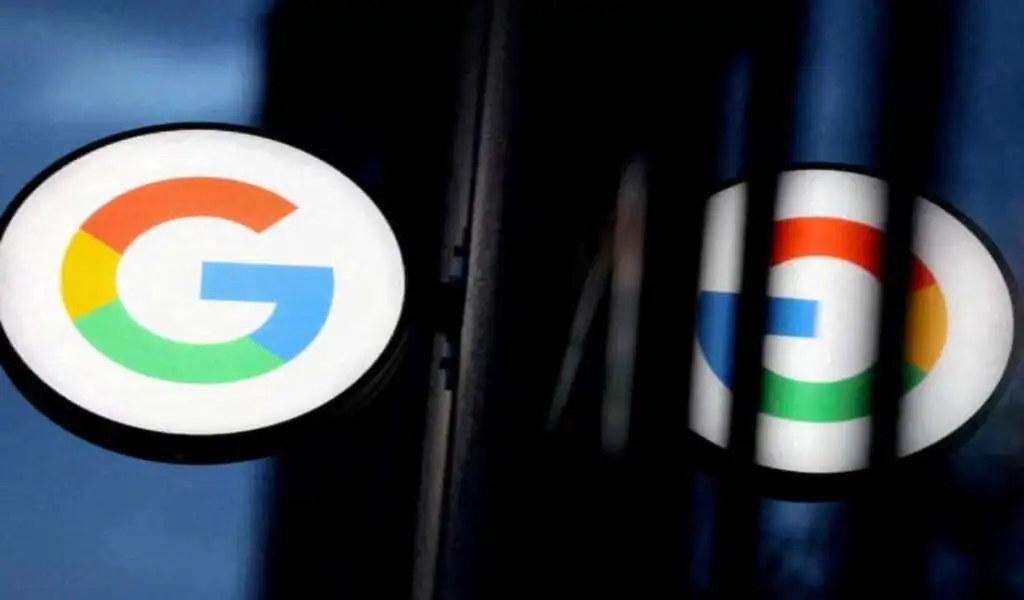
(VOR News) – Google has sent a strong message to the New Zealand government, threatening to stop boosting local news content should the Fair Digital News Bargaining Bill become law.
The law, put up by the Labour government and backed by the coalition in power at the moment, mandates that digital companies such as Google pay back news organizations for links to their material.
News publishers, on the other hand, charge the tech giant with “corporate bullying.”
Google says this measure may have unanticipated effects.
Google New Zealand’s country director, Caroline Rainsford, voiced her worries that the law, which is being referred to as a “link tax,” is not doing enough to support the media industry in New Zealand right now.
She underlined that Google would have to make major adjustments if the previously mentioned law were to pass, including cutting off links to news articles from its Search, News, and Discover platforms and cutting off financial ties with regional publications.
According to Rainsford, similar legislation has been proposed and approved in other nations including Australia and Canada, but it has not been proven to be effective there and breaches the principles of the open web.
She drew attention to the fact that smaller media outlets will be most negatively impacted, which will limit their capacity to reach prospective audiences.
Google says its alternative options will protect smaller, local media from negative effects.
Conversely, it conveys apprehension regarding the possible fiscal obligations and vagueness of the legislation, which it feels generates an intolerable level of ambiguity for enterprises functioning within New Zealand.
The New Zealand News Publishers Association (NPA) has reacted to Google’s warnings by alleging that the internet behemoth is using coercive tactics.
They specifically contend that the need for regulation stems from the market distortion that Google and other tech giants have created, which has fueled their expansion into some of the most significant corporations in global history.
The legislation aims to create a more equal framework that media businesses can use to negotiate commercial relationships with technological platforms that profit from their content.
New Zealand Media Editors CEO Michael Boggs stated that he was in favor of the bill, citing the fact that Google now makes a substantial profit from material created by regional publications.
He also emphasized that the use of artificial intelligence by Google—which frequently makes references to news articles without giving credit to the original sources—highlights the significance of enacting legislation.
Paul Goldsmith, the Minister of Media and Communications, has stated that the government is now evaluating various viewpoints and is still in the consultation phase.
He stated that the government and Google have been having continuous talks and will keep up these ongoing discussions.
However, not all political parties accept the validity of the Act.
The ACT Party’s leader, David Seymour, has voiced his displeasure of the proposal, saying that Google is a game the government is “playing chicken” with. He threatened the smaller media companies, saying that they would suffer from worse search engine rankings if the internet giant followed through on its promises.
Seymour contended that it is not the government’s responsibility to shield companies from shifts in the market brought about by consumer preferences.
The things that have happened in other nations are similar to what has happened in New Zealand.
Google has agreements with a number of Australian media firms that are in compliance with its News Media Bargaining Code. These agreements contain provisions that permit an annual cancellation of these agreements.
Due to the government’s decision to exempt Google from the Online News Act, the company has committed to supporting news dissemination by contributing annually to the Canadian journalistic community.
The New Zealand measure is consistent with global approaches aimed at regulating the relationships that exist between technology corporations and media organizations.
It’s hard to say what will happen with the Fair Digital News Bargaining Bill as the discussion goes on. Google and the New Zealand media landscape are preparing for what might be a protracted legal battle.
SOURCE: TET
SEE ALSO:
Accenture and NVIDIA Collaborate to Enhance AI Implementation.
-

 News3 years ago
News3 years agoLet’s Know About Ultra High Net Worth Individual
-
Entertainment2 years ago
Mabelle Prior: The Voice of Hope, Resilience, and Diversity Inspiring Generations
-

 Health3 years ago
Health3 years agoHow Much Ivermectin Should You Take?
-

 Tech2 years ago
Tech2 years agoTop Forex Brokers of 2023: Reviews and Analysis for Successful Trading
-
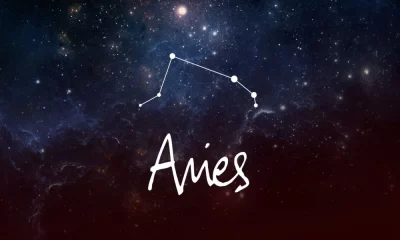
 Lifestyles2 years ago
Lifestyles2 years agoAries Soulmate Signs
-
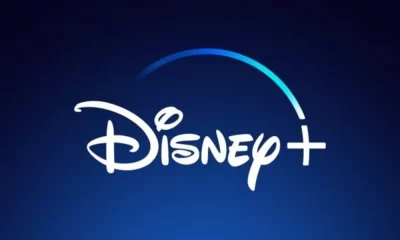
 Movies2 years ago
Movies2 years agoWhat Should I Do If Disney Plus Keeps Logging Me Out of TV?
-

 Health3 years ago
Health3 years agoCan I Buy Ivermectin Without A Prescription in the USA?
-

 Learning2 years ago
Learning2 years agoVirtual Numbers: What Are They For?
